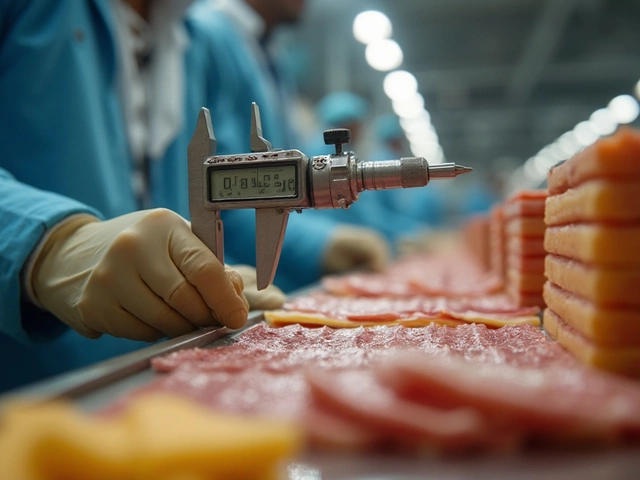Smartphone Production: How Phones Are Made and What’s Changing
Ever wondered what goes into the phone you scroll on daily? It’s more than just a sleek glass slab – it’s a complex line of steps, factories, and tech that turn raw parts into a working device. In this guide we’ll break down the main stages of smartphone production, point out where most companies save money, and highlight the trends that could reshape the industry soon.
Key Steps in Smartphone Manufacturing
First up is design. Engineers sketch the phone’s shape, choose the screen size, and decide what chips, cameras, and sensors to pack inside. Once the blueprint is locked, suppliers start delivering components like processors, memory modules, and display panels. Most manufacturers rely on a global supply chain, so a delay in one part can hold up the whole line.
The next stage is PCB (printed circuit board) assembly. Tiny components are placed on the board by high‑speed pick‑and‑place machines and then soldered using reflow ovens. This step demands precision – even a mis‑aligned chip can cause a phone to fail later.
After the board is ready, the chassis and screen are joined. Automated robots align the glass, frame, and internal modules, then the phone gets sealed with adhesive or screws. Quality control teams run automated optical inspections and functional tests to catch defects early.Testing doesn’t stop there. Each unit goes through software checks, battery life measurement, and drop tests. Phones that pass all checkpoints move to packaging, where they’re boxed with chargers, earphones, and documentation.
Future Trends to Watch
Manufacturers are racing to make phones thinner, faster, and more sustainable. Foldable displays are becoming mainstream, which means new hinge mechanisms and flexible circuits. 5G chips are now standard, pushing supply chains to source higher‑frequency components.
Automation is another big driver. AI‑powered inspection cameras spot solder defects faster than humans, while cobots (collaborative robots) handle delicate assembly tasks without slowing down. This cuts labor costs and improves consistency.
Lastly, eco‑friendly production is gaining traction. Companies are using recycled aluminum, plant‑based plastics, and renewable energy in factories. Some even offer take‑back programs to recycle old phones, which helps meet stricter regulations and appeals to green‑conscious buyers.
Whether you’re a brand planning a new launch or just curious about the gadgets you hold, understanding these steps gives you a clearer picture of what makes a smartphone work. Keep an eye on these trends – the next big phone might look and feel very different from today’s models.





